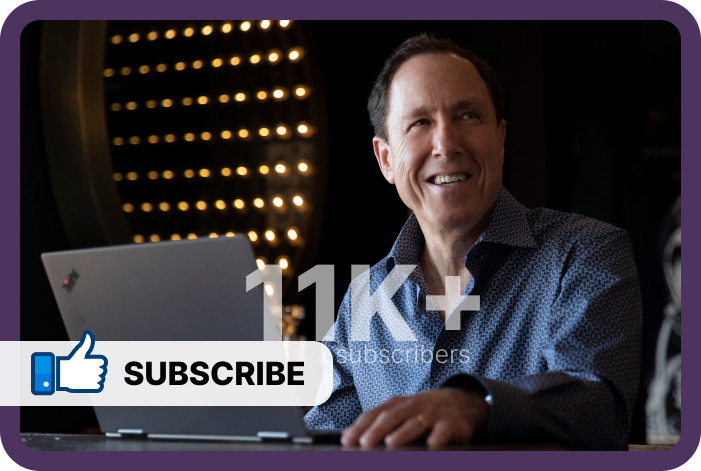Many people don’t know this but selling is more about listening than talking.
Bombarding your prospect with how amazing your offer is won’t turn a “no” into “yes.”
On the other hand, you’ll have a much better shot at it by listening closely.
Like I explained, the way to handle objections is to acknowledge and ask questions. After you’ve confirmed that a prospect dislikes your offer for some reason, the first thing you need to do is to find out why.
If someone tells you that your offer is too expensive, ask why they think so. Do they genuinely not have enough money for it? Or, are they comparing it to something else that seems to offer more value for the price? Maybe it’s neither and the prospect just wants to negotiate a lower price.
In any case, there’s no way to find out what’s wrong unless you ask.
Remember that the answer is “no” by default if you don’t ask.
In my experience, a big reason why people can’t sell is that they don’t ask enough of these questions. And it’s because they freeze as soon as the prospect declines.
You’ll fix this problem by acknowledging the objection and asking questions. It will also make you feel calmer and more rational during a sales meeting or presentation, which is vital to closing the deal.
The more emotional you get, the less intelligent you become.
This is true for just about anything in life, including sales. The prospect will have all the power if you allow emotions to overwhelm you.
To prevent this, ask the right questions and listen closely to the answer. You’re bound to find something that you can use to change a prospect’s mind at some point.
Best of all, this is something that gets better with practice. Even if you have no idea how to handle objections the right way, it shouldn’t take you a lot of time to learn.
Be Awesome,
Blair
If you want know the secrets to asking the right questions, online or offline so they trust, love, and respect you within minutes, I’d like to invite you to click here >>



